Shah Rukh Khan and his son Aryan Khan have dubbed for the Hindi version of The Lion King. While SRK has dubbed for the voice of Mufasa, Aryan has dubbed for the character of Simba. The movie has received mixed reviews but is doing quite well at the box office.
Shah Rukh Khan took to Twitter to express that he is very happy that people are enjoying the film. He also thanked the other actors who have dubbed for the movie. SRK tweeted, “So happy to hear that so many r enjoying Lion King. A special thanx to my coactors & friends for bringing this film to life in Hindi. @imsanjaimishra @shreyastalpade1 & the amazing @AshishVid & #asrani sahib. Thx for making me & Aryan sound good!”
While talking about the film, SRK had earlier said, "The Lion King is that one movie that my entire family loves the most and it holds a very special place in our hearts. As a father, I can totally relate with Mufasa and the endearing relationship he shares with his son - Simba. The legacy of Lion King is timeless, and being a part of this iconic re-imagining with my son Aryan makes it extra special for me. We are most excited that AbRam is going to watch this.”
Well, SRK’s fans are quite happy to hear his voice in the film. But we are sure they are keen to know which will be his next film as an actor. SRK was last seen on the big screen in 2018 release Zero which failed to make a mark at the box office. A few weeks ago, while talking about why he is not signing any films, the actor had said, "Usually what happens is when your one film is coming to an end, you begin work on your next film and I get involved within 3-4 months. But this time I am just not feeling like. My heart doesn't allow me to. I just felt that I should rather take time out, watch films, listen to stories and read more books. Even my kids are in their college stage, my daughter is going to college and my son is about to finish his studies. So I just want to spend more time with my family.”
Reportedly, SRK will next be seen in Rajkumar Hirani’s next. However, there’s no official announcement about the film.





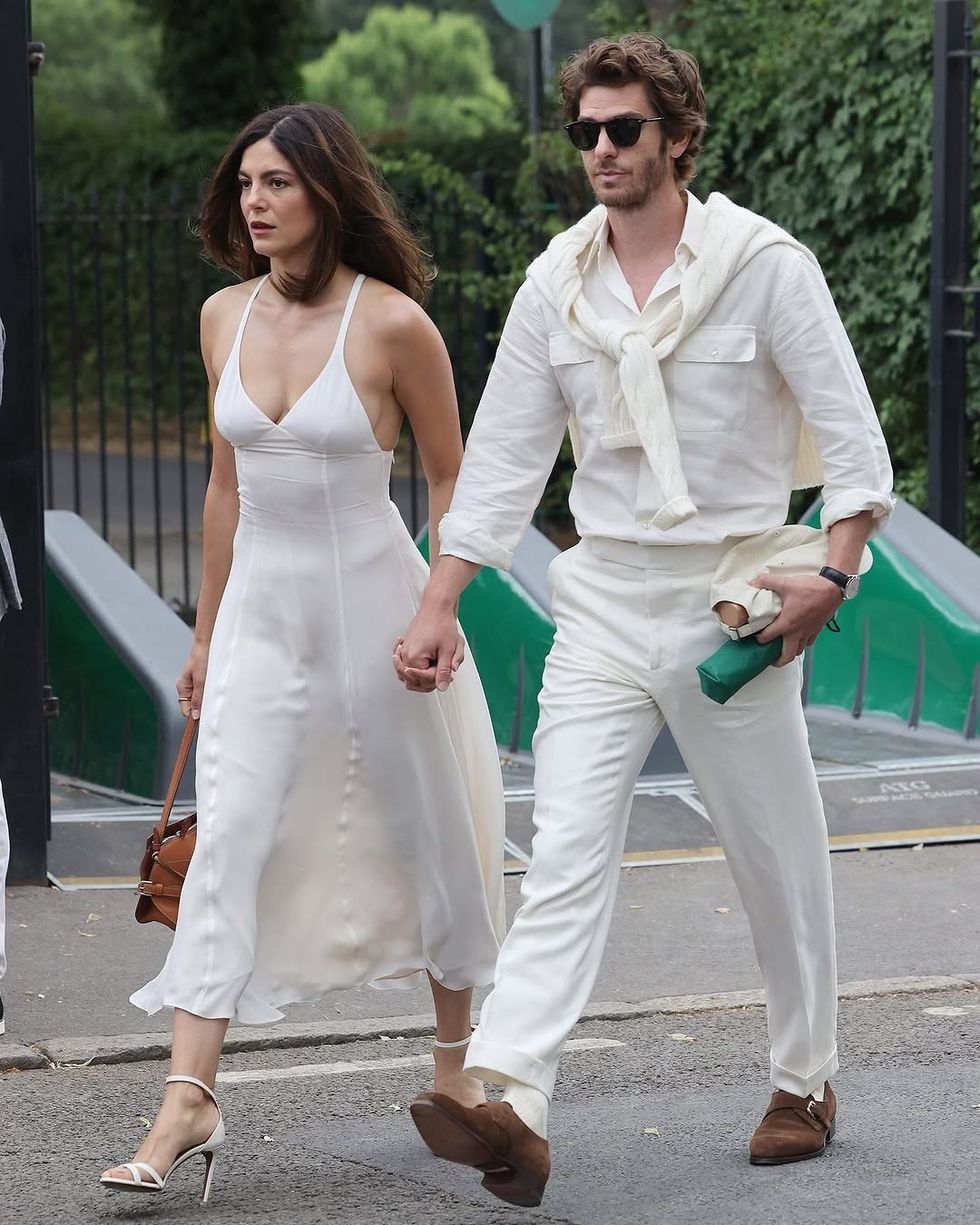 Andrew Garfield and Monica Barbaro arrive hand in hand at Wimbledon in all whiteInstagram/
Andrew Garfield and Monica Barbaro arrive hand in hand at Wimbledon in all whiteInstagram/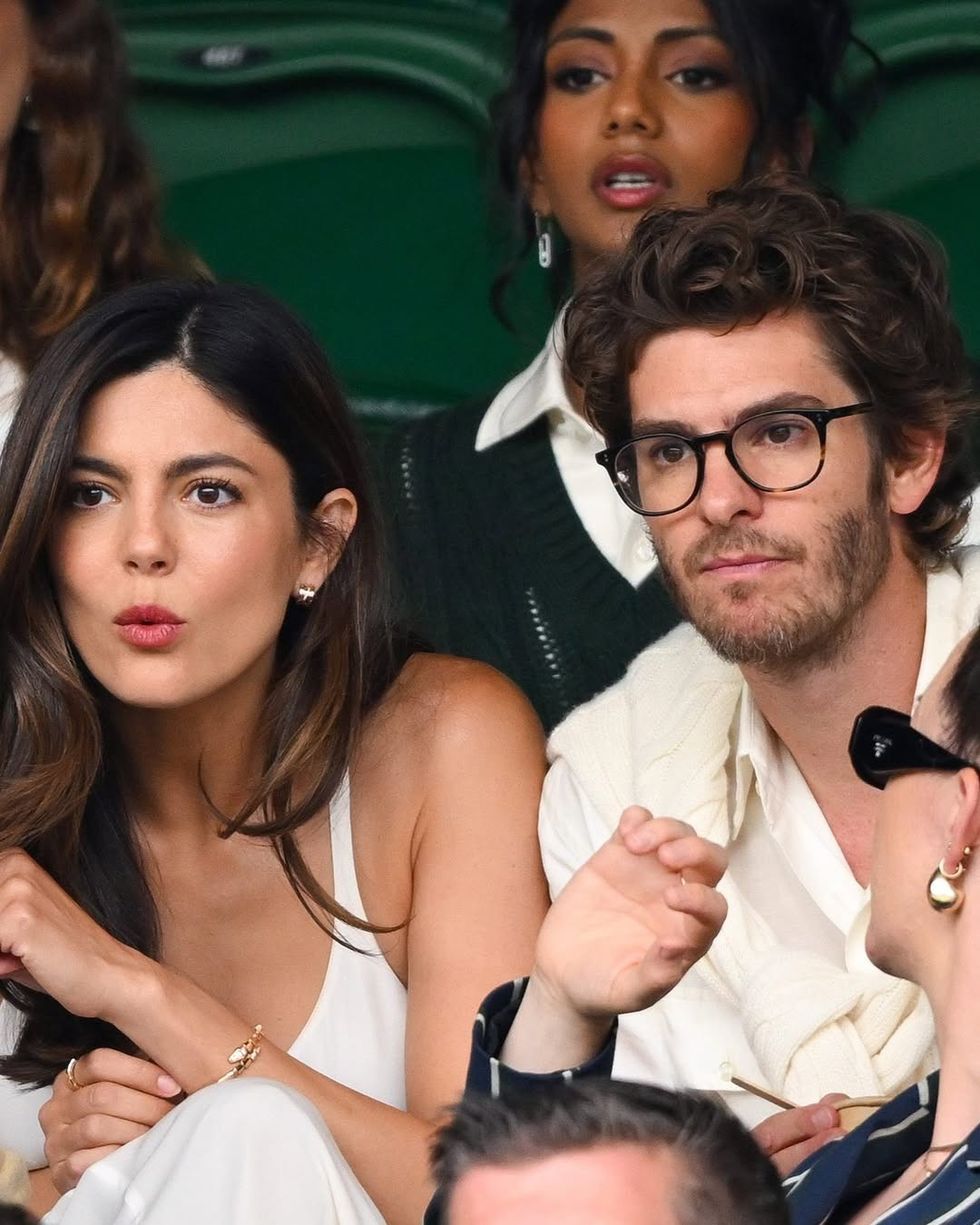 The Hollywood pair appear relaxed and close at Wimbledon 2025Instagram/
The Hollywood pair appear relaxed and close at Wimbledon 2025Instagram/









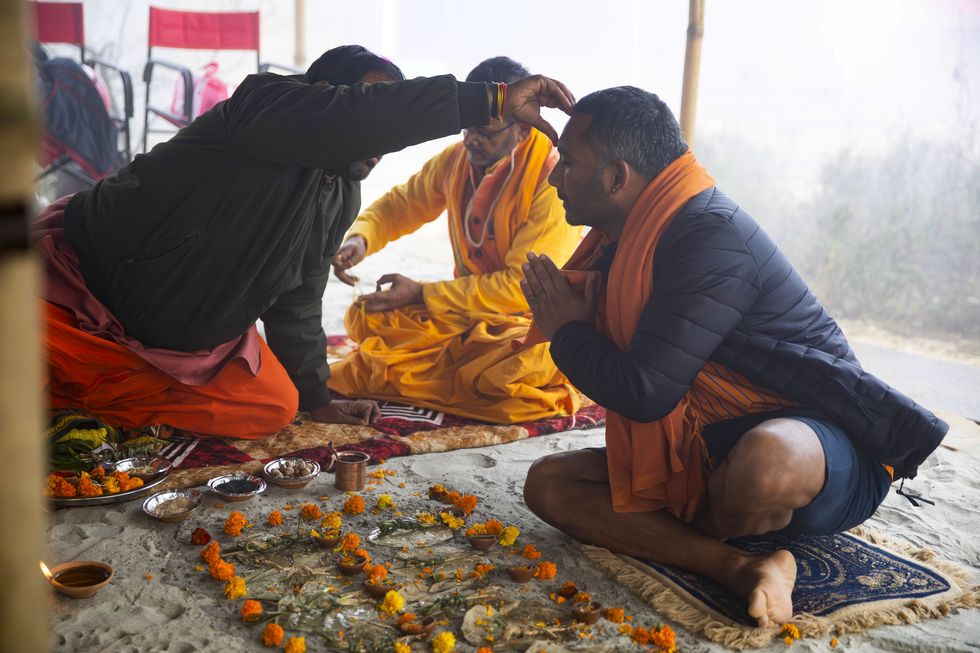 Rajan offers the pind daan in honour of his father and ancestors
Rajan offers the pind daan in honour of his father and ancestors 


 Kantara Chapter 1 poster Instagram/rishabshettyofficial
Kantara Chapter 1 poster Instagram/rishabshettyofficial 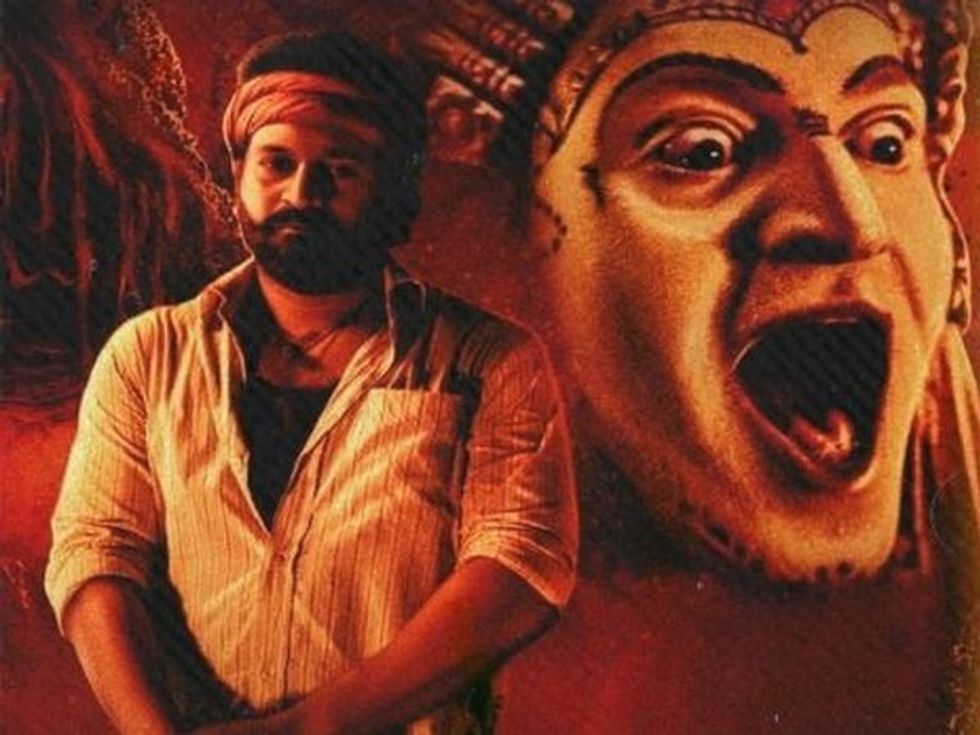 Kantara poster (Image Source: X) Print-160
Kantara poster (Image Source: X) Print-160 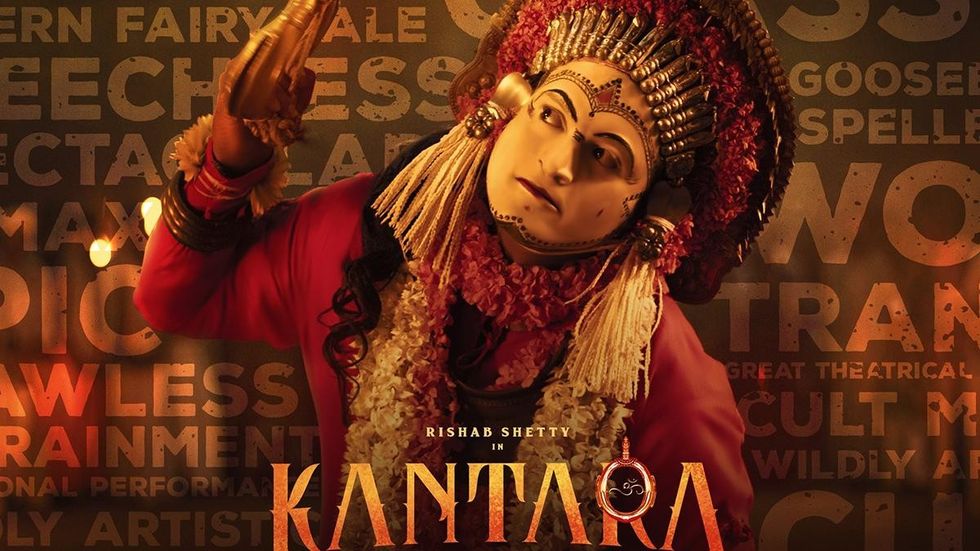 Kantara
Kantara  Rishabh Shetty in a still from Kantara
Rishabh Shetty in a still from Kantara